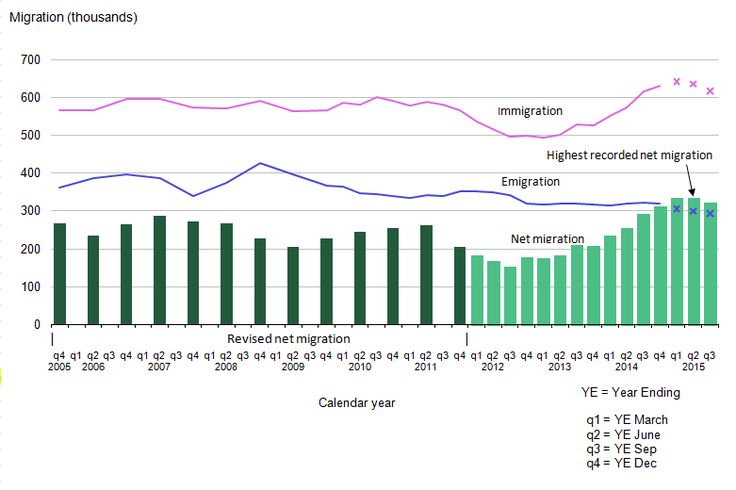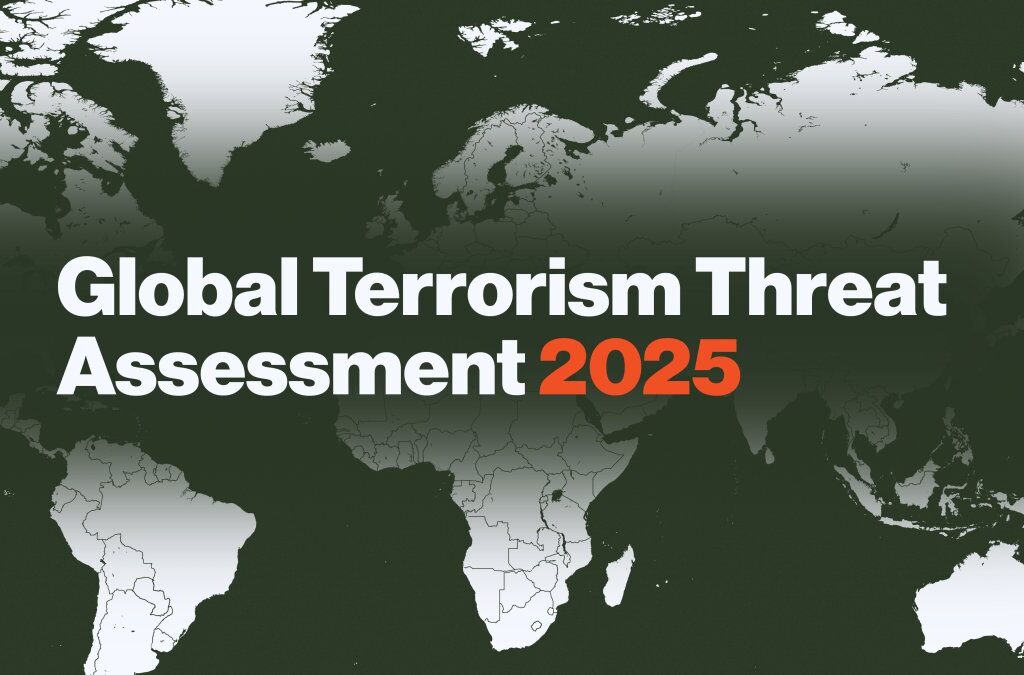Table of Contents
Terrorism continues to pose a serious threat to the safety and security of the United States and its global interests, despite a noticeable decrease in focus from the national security community. As we enter 2025, a growing concern has emerged: domestic terrorism has surpassed international threats, presenting a more significant risk to U.S. citizens, assets, and national interests. The evolving nature of terrorism, both homegrown and international, requires a comprehensive approach to effectively combat this pervasive threat. This report explores the current state of terrorism and provides an in-depth analysis of the main terrorist movements and organizations across three key regions: the United States, the Middle East, and Africa.

Domestic Terrorism: A Rising Threat in the U.S.
In recent years, domestic terrorism in the United States has been a cause for alarm, surpassing the threat posed by international terrorist organizations. Domestic terrorism primarily consists of lone actors or small extremist groups with radical ideologies. These ideologies range from white supremacy and partisan extremism to Salafi-jihadism. The attack patterns are increasingly decentralized, with individuals or small groups executing attacks independently, making detection and prevention more challenging.
The threat is not restricted to any one ideology but instead spans a wide range of extremist beliefs. This includes racial and political extremism, with incidents such as hate-driven attacks and politically motivated violence becoming more frequent. In this context, law enforcement agencies must adapt to new challenges, focusing on ideologically driven lone-wolf attacks and small extremist cells that are difficult to track until it’s too late. National security measures need to address these evolving threats with advanced intelligence gathering and improved coordination between local, state, and federal agencies.

International Terrorism: Weakened But Still Dangerous
While domestic terrorism is on the rise, international terrorist organizations still represent a significant global security threat. In the Middle East, the core factions of Al Qaeda, Al Qaeda in the Arabian Peninsula (AQAP), and the Islamic State (ISIS), while considerably weakened, continue to remain committed to attacking U.S. interests both domestically and abroad. These groups, although fragmented, still hold ideological power and possess the ability to conduct large-scale attacks.
However, these groups are no longer as robust as they were during their peak years. Al Qaeda, for instance, faces significant challenges due to internal power struggles and the loss of key leadership figures. Meanwhile, the Islamic State remains a shadow of its former self after losing its territorial hold in Iraq and Syria. Despite these setbacks, both groups remain active and capable of inspiring attacks, especially through their global network of affiliates and sympathizers.
In addition to these groups, Hezbollah and Hamas are also still active threats, albeit Israel has significantly degraded their military capabilities. The Houthi rebels in Yemen, another growing concern, have become a more prominent regional threat, engaging in attacks that destabilize the Middle East further.

Africa: A Continent at the Crossroads of Terrorism
Africa remains the most active continent for Salafi-jihadist organizations. These groups, particularly in regions like the Sahel and the Horn of Africa, represent an ongoing and evolving threat to both regional stability and global security. Groups such as Al-Shabaab in East Africa and Boko Haram in West Africa continue to wage violent campaigns, targeting civilians, military forces, and government structures.
These organizations operate in regions with weak governance, porous borders, and limited law enforcement presence, which allows them to thrive. The U.S. government has made strides in combating these threats, particularly in East Africa, where Al-Shabaab has been a longstanding priority. However, most African terrorist groups remain secondary concerns for U.S. national security, with limited resources dedicated to addressing them compared to other threats.
Despite this, the threat is growing, with terrorist organizations establishing regional footholds and influencing local conflicts. The international community, including the U.S., must continue to prioritize counterterrorism efforts in Africa, focusing on intelligence-sharing, capacity-building for local forces, and counter-radicalization programs to curb the spread of extremism across the continent.

The Middle East: A Region of Prolonged Conflict and Terrorism
The Middle East remains a hotbed of terrorism with longstanding conflicts fueling extremist ideologies. The core terrorist organizations, such as Al Qaeda and ISIS, continue to operate in a region characterized by protracted conflicts and unstable governments. The defeat of ISIS in Iraq and Syria has not eliminated the group; rather, it has pushed it underground, where it continues to launch attacks across the region.
In Syria and Iraq, ISIS and other terrorist factions continue to wage insurgencies against local governments and foreign military forces. Additionally, despite significant military interventions, Al Qaeda affiliates continue to exert influence, particularly in Afghanistan, where the group remains deeply embedded in the Taliban-controlled government.
Israel’s ability to degrade the capabilities of Hamas and Hezbollah has reduced their capacity for large-scale attacks. However, both groups continue to pose a regional threat, particularly through proxy warfare and smaller-scale attacks. The continued instability in Syria, Yemen, and Iraq serves as a breeding ground for extremism and a refuge for many terrorist organizations.

Recommendations for U.S. National Security Policymakers
Given the complex and evolving nature of terrorism, U.S. policymakers, military, and intelligence agencies must stay agile and responsive. Here are several key strategies to address the changing threat landscape:
- Strengthening Domestic Counterterrorism: Law enforcement agencies must enhance capabilities to detect and prevent lone-wolf and small group attacks. Focus on intelligence-sharing across agencies and community engagement to counter domestic radicalization.
- Continued Global Engagement: While focusing on domestic threats, the U.S. must maintain its international counterterrorism commitments. This includes strengthening partnerships with allies in the Middle East and Africa to combat Salafi-jihadist groups and prevent the resurgence of ISIS and Al Qaeda.
- Promoting Regional Stability: In Africa, increased support for counterterrorism operations and security sector reform can help reduce the conditions that foster extremist groups. Additionally, economic development initiatives must accompany security efforts to address the root causes of terrorism.
- Cybersecurity and Counter-Radicalization: As terrorist organizations increasingly use digital platforms for recruitment and coordination, cybersecurity must become a central pillar of U.S. counterterrorism policy. Counter-radicalization programs, particularly targeting youth, should be enhanced to prevent recruitment into extremist movements.
Conclusion
Terrorism remains a persistent and evolving threat that requires sustained attention from the U.S. and the international community. While domestic terrorism may now pose a greater immediate risk to U.S. interests, international terrorist organizations, particularly in the Middle East and Africa, continue to represent a significant strategic threat. The United States must prioritize a multifaceted counterterrorism approach, focusing on intelligence gathering, international partnerships, counter-radicalization, and regional stability. Only through these efforts can the U.S. and its allies protect national and global security against the continued threat of terrorism.
Author Profile
- Syed Tahir Abbas is a Master's student at Southwest University, Chongqing, specializing in international relations and sustainable development. His research focuses on U.S.-China diplomacy, global geopolitics, and the role of education in shaping international policies. Syed has contributed to academic discussions on political dynamics, economic growth, and sustainable energy, aiming to offer fresh insights into global affairs.
Latest entries
 Japanese PoliticsSeptember 6, 2025Prince Hisahito’s Coming-of-Age and Japan’s Male-Only Succession Dilemma
Japanese PoliticsSeptember 6, 2025Prince Hisahito’s Coming-of-Age and Japan’s Male-Only Succession Dilemma GeopoliticsAugust 23, 2025Previewing the White House Visit of South Korean President Lee Jae Myung
GeopoliticsAugust 23, 2025Previewing the White House Visit of South Korean President Lee Jae Myung Middle East ConflictJuly 22, 2025Israel’s Deadly Attacks on Gaza: A Dire Humanitarian Crisis and International Calls for a Truce
Middle East ConflictJuly 22, 2025Israel’s Deadly Attacks on Gaza: A Dire Humanitarian Crisis and International Calls for a Truce Middle East & North AfricaJuly 20, 2025Israel Targets Damascus Amid Rising Tensions in Syria
Middle East & North AfricaJuly 20, 2025Israel Targets Damascus Amid Rising Tensions in Syria



2 comments
Another amazing read! You always share such valuable insights. 👏
could really connect with this. You have a way with words—keep writing ❤️